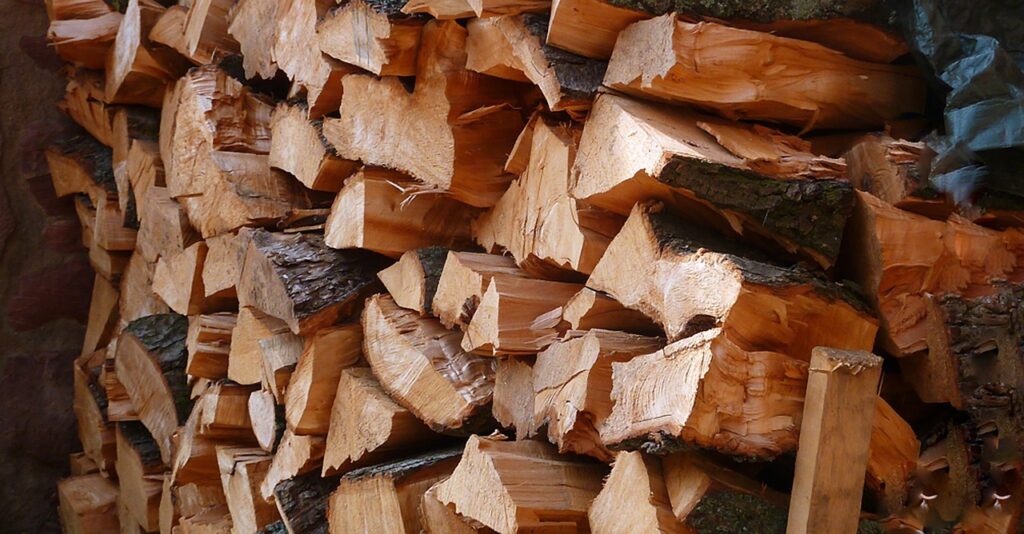In the cozy realm of home ownership, the crackling warmth of a fireplace can transform a chilly evening into a haven of comfort. Yet, the journey to that comforting blaze begins with a critical decision: should homeowners opt for already split wood or embark on the adventure of splitting logs themselves? In this blog post, we’ll explore the merits and drawbacks of both options, helping you make an informed choice that aligns with your preferences and circumstances.
The Allure of Already Split Wood:
Pros:
Convenience:
Purchasing pre-split wood is undeniably convenient. With bundles readily available at local stores, you can skip the hassle of handling heavy logs and wielding an axe.
Time-Saving:
Time is a precious commodity, and buying pre-split wood can save you a considerable amount of it. Simply stack the purchased wood, and you’re ready to ignite a fire at a moment’s notice.
Consistent Size:
Pre-split wood often comes in uniform sizes, ensuring a neat and organized woodpile. This consistency can be advantageous for both storage and ease of use.
Cons:
Cost:
Convenience comes at a price. Pre-split wood tends to be more expensive than buying logs, as the labor and effort involved in splitting are factored into the cost.
Limited Variety:
When buying pre-split wood, you may have fewer options in terms of wood types and sizes. This limitation could affect the flavor and intensity of the fire.
The Appeal of Splitting Your Own Logs:
Pros:
Cost-Effectiveness:
For those willing to invest time and effort, purchasing logs and splitting them at home can be more economical. You pay for the raw material and invest your labor, potentially saving a significant amount.
Customization:
DIY log splitting grants you the freedom to customize the size of your firewood. Whether you prefer larger logs for a slower burn or smaller pieces for quick kindling, the choice is yours.
Physical Exercise:
Splitting logs is a workout in itself. If you enjoy physical activity and want to add a touch of exercise to your routine, splitting your own wood can be a rewarding and healthy endeavor.
Cons:
Time and Effort:
The most apparent drawback is the time and effort required. Splitting logs demands physical exertion and, depending on the quantity needed, can be a time-consuming task.
Skill and Equipment:
Successful log splitting requires a certain level of skill and appropriate equipment. If you’re a novice, there might be a learning curve involved, and investing in the right tools becomes essential.
In the end, the choice between already split wood and logs to split yourself hinges on your priorities, lifestyle, and preferences. If convenience and immediate gratification top your list, pre-split wood might be the way to go. However, if you relish the idea of a hands-on, cost-effective approach and don’t mind a bit of physical activity, then the satisfying thud of an axe meeting wood might be music to your ears. Ultimately, whether you opt for convenience or the DIY route, the goal is the same: to bask in the warmth of a well-tended fire, creating cherished moments in the heart of your home.

